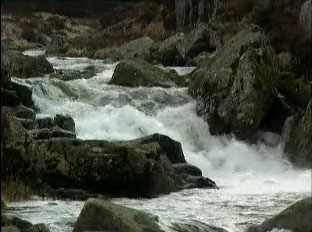5 Biodiversity drivers
By now you should be able to identify patterns of biodiversity at varying local, regional and global scales, and you might be tempted to think about what actually determines or drives biodiversity. Broadly, these causative factors, or drivers, can be categorised as climatic, geologic or anthropogenic (i.e. of human origin). These will be discussed shortly, but first you can examine an example of drivers from the Teign Valley in the southwest of the UK.

Transcript: Video 1 An example of environmental drivers and diversity, using the Teign Valley, South West UK.
As you saw in the video, just as the patterns of biodiversity are scale-dependent, so too are the drivers. Spatially speaking, if you are looking at biodiversity on the local scale, the drivers might be differences in soil fertility in a patch of land, while at the landscape level you might consider altitude. At the regional and continental scales, varying levels of solar radiation available in different latitudes might drive biodiversity.
The same scale aspect also applies when considering time, where the impacts of, for example, human interventions such as eutrophication (excessive fertilisation), become apparent in a relatively short time frame of just a few weeks, while evolutionary processes require millions of years to be realised.
